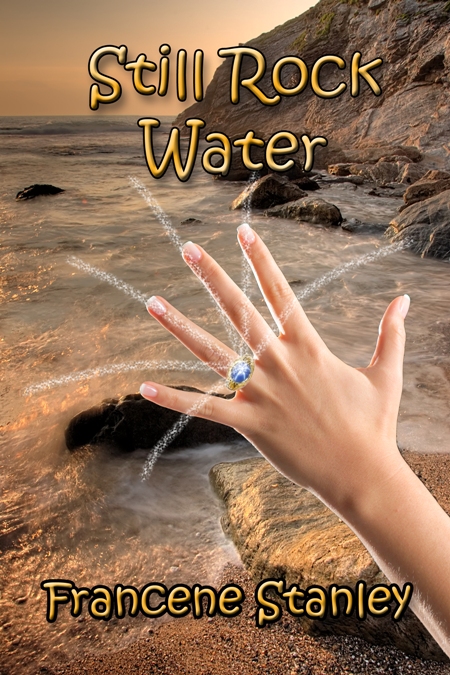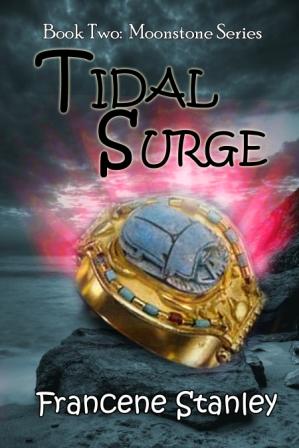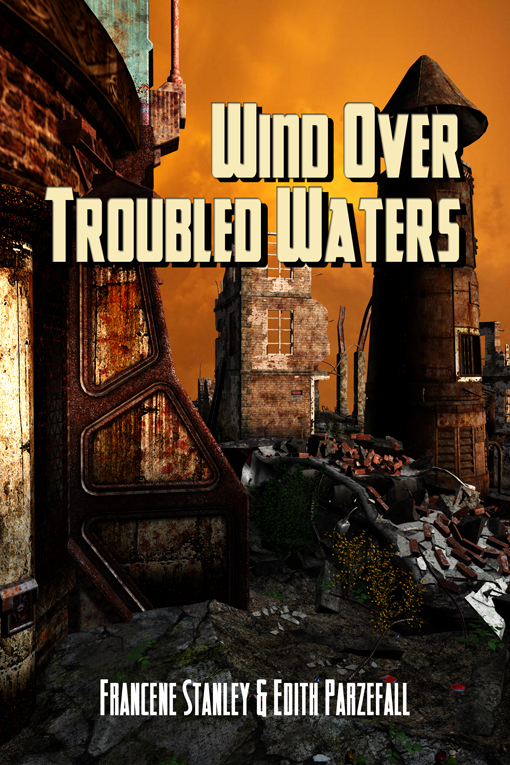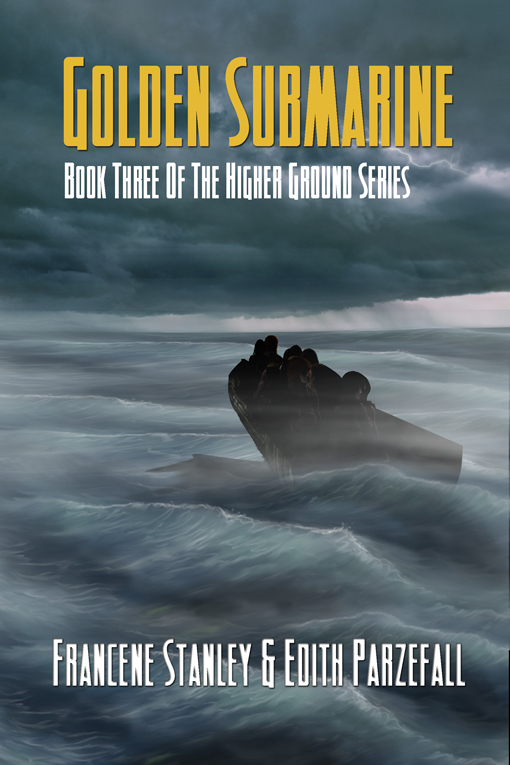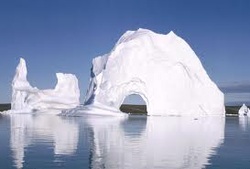 en.wikipedia.org
en.wikipedia.org While researching climate change, the British Antarctic Survey mapped Greenland’s bedrock by radar and came upon the stunning canyon measuring 800km long and up to 800m deep. A great river carved out the land more than four million years ago, before the ice.
The discovery of such a remarkable massive geographical feature previously unseen left The British Antarctic Survey team stunned.
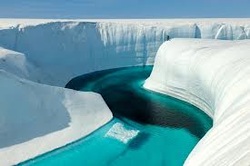 www.businessweek.com
www.businessweek.com Apparently, the Greenland and Antarctic ice sheets hide a lot. The canyon would have been partly uncovered at the time of the last interglacial 100,000 years ago.
The canyon has never been seen by humans, who didn't exist four million years ago. If the Greenland ice sheet melts completely it will raise global sea level and swamp many major cities.
And now, dear friends, my favorite part—the history: Greenlandic Inuit people are considered to be descended from Dorset and Thule people, who settled Greenland in ancient times. As 84% of Greenland's land mass is covered by the Greenland ice sheet, Inuit people live in three regions: Polar, Eastern, and Western. In the 1850s, additional Canadian Inuit joined the Polar Inuit communities.
Humans are thought to have arrived in Greenland, possibly from Ellesmere Island, around 3000–2500 BCE. Other researchers believe the first humans in Greenland were the Saqqaq culture people that migrated to west Greenland from Siberia around 2500 BCE. Saqqaq people, who survived until 800 BCE, are unrelated to contemporary Greenlandic Inuit people.
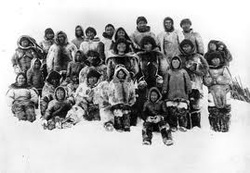 www.virginmedia.com
www.virginmedia.com People shifted around a lot in the days of old. But most amazing of all, why did they want to live in such a cold place? I dread the approach of winter.
I don't think modern woman, living in an overheated home, would survive those harsh conditions.

 RSS Feed
RSS Feed
